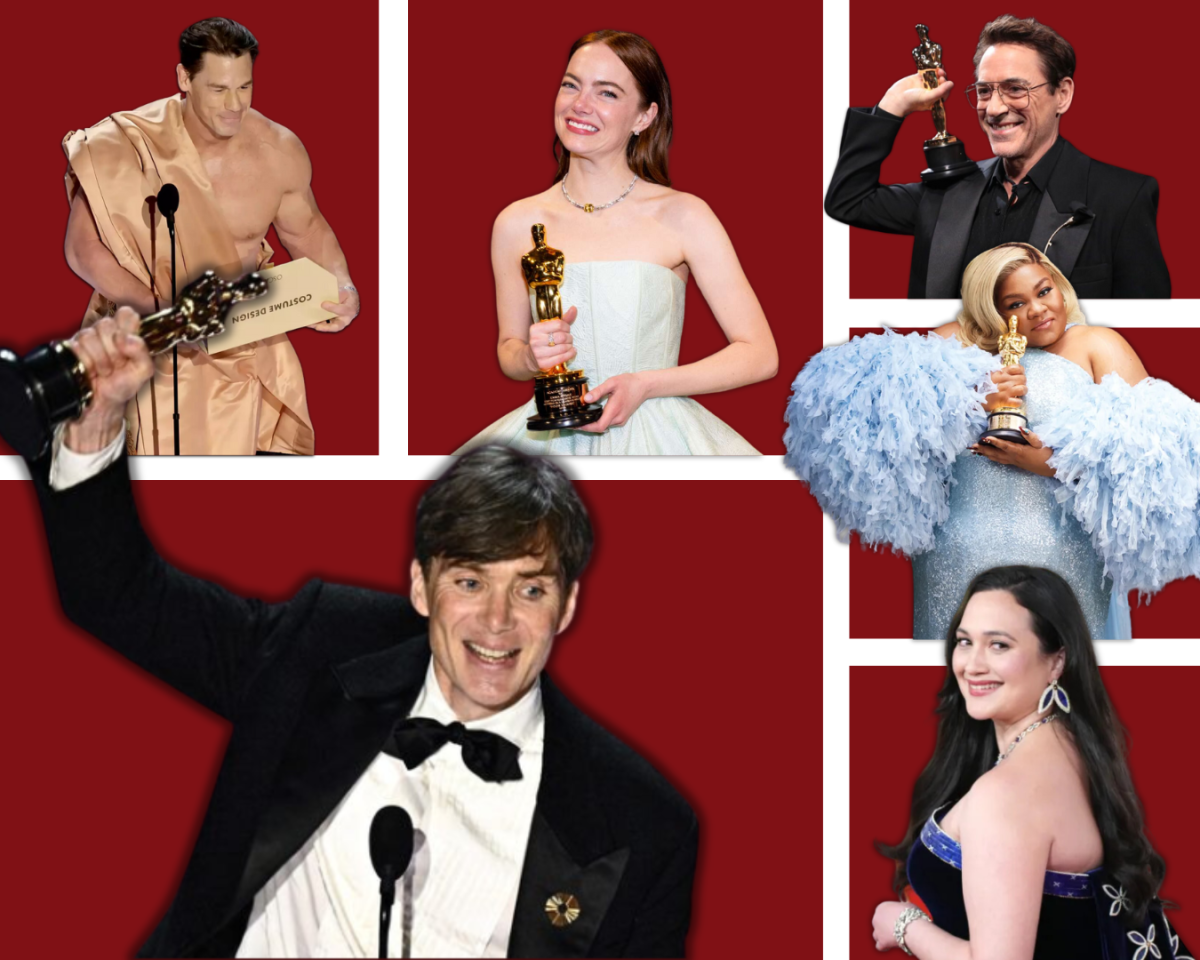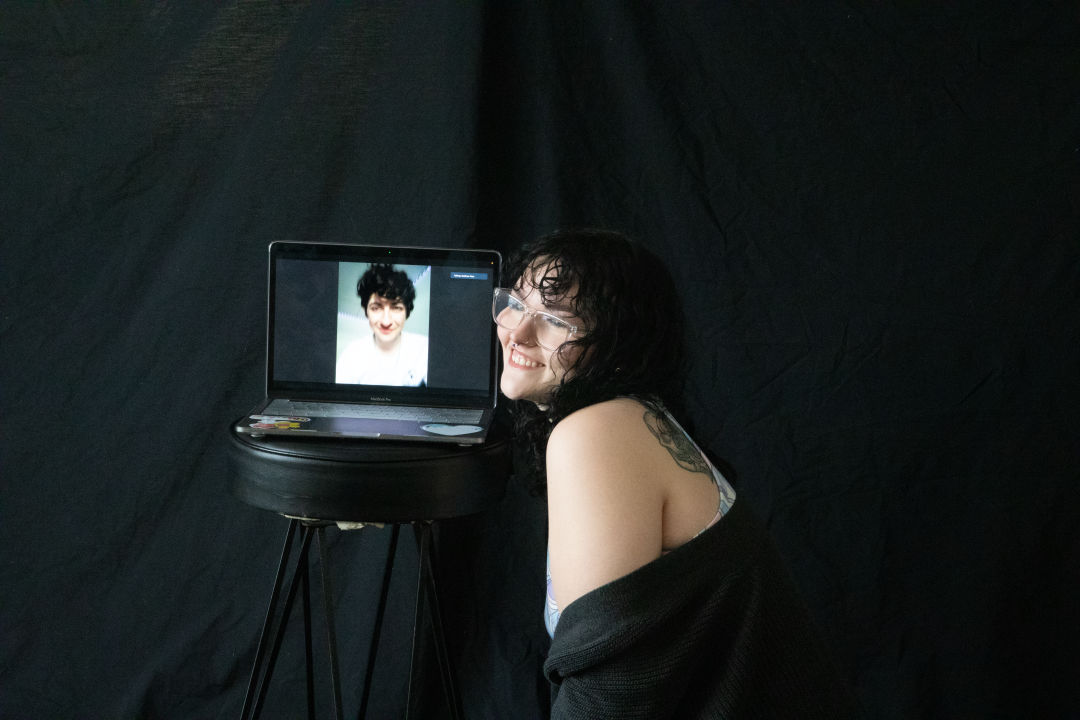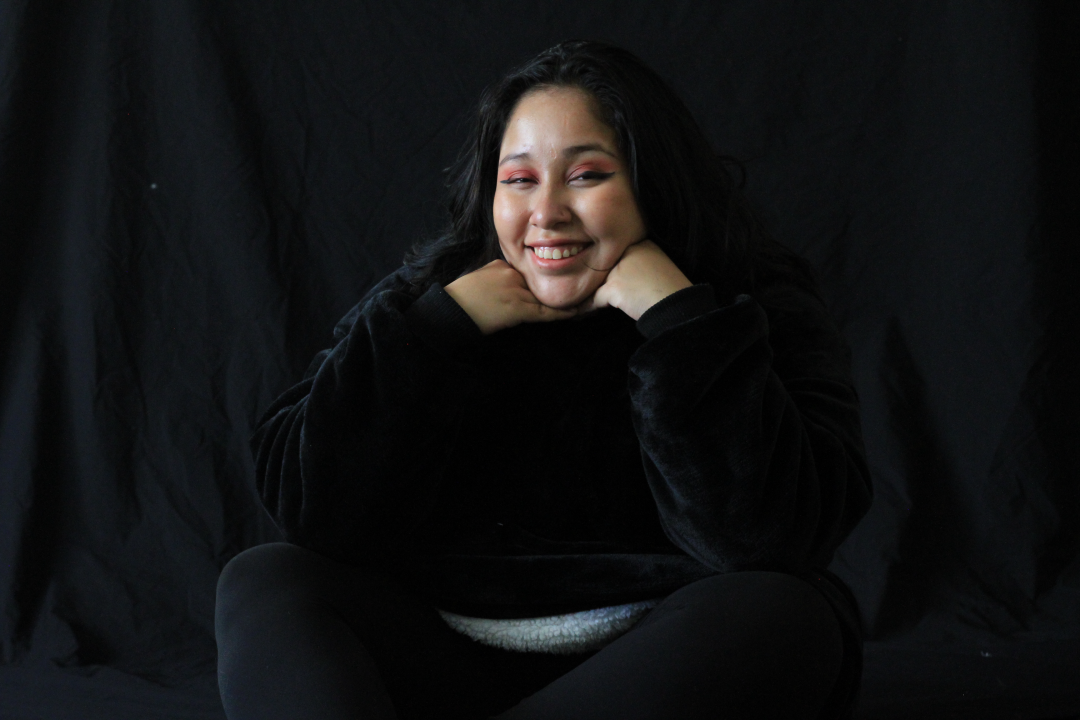
The male and female gaze are two concepts that have been circulating in the media thanks to TikTok. More people are exploring these concepts in modern cinema and media. But what exactly are they and how are they different?
Both are film theories based on the camera’s perspective and who the subject on camera is deliberately or subconsciously attempting to attract.
The Male Gaze theory, according to feminist film theorist Laura Mulvey, is women being displayed as an image, and heterosexual men are “the bearer of the look.”
In “Visual Pleasure and Narrative Cinema,” Mulvey writes “she is the one, rather the love or fear she inspires in the hero, or else the concern he feels for her, who makes him act the way he does. In herself the woman has not the slightest importance.”
This idea of objectification for male pleasure can be seen in many films from the beginning of motion pictures to today, such as Vertigo, The Wolf of Wall Street and Charlie’s Angels (2000). These movies depict women as merely pleasurable objects for men. When any woman’s character is shown, it is for the purpose of challenging a man’s character or pleasing him visually and physically.
The alternate, not opposite, to the male gaze is the Female/“Queer” Gaze theory. The reason it is not the opposite is because it is not the idea of simply looking at a man as an object. The female or queer gaze theory does not have a specific definition like the male gaze, but instead is an ever-evolving perspective in film, that does not work to please the heteronormative male view.
According to Joey Soloway, “We’re essentially inventing the female gaze right now … We’re trying to show sex and desire from a female vantage point.” This essentially means that the female gaze is more focused on connection and feeling, rather than seeing. Some of the best examples of this in film are Pride and Prejudice, Portrait of a Lady on Fire and Little Women.
There are some romantic comedies that also portray this gaze but not all. Some ways this gaze is shown may be by touching a character’s hand or having intimate eye contact or physical touch, as opposed to having a perfect body or wearing sexy clothes.
The very concept of the male gaze requires that men have more power than women, and if women are the oppressed group it does not work to go opposite. Men cannot be objectified like women are because they are not oppressed.
Why is this important for people in relationships to know?
So you might be thinking, how is this relevant offscreen? Well, the way the media depicts their characters can create perspectives in our own lives, oftentimes without us realizing it.
Implementing these theories into our own lives can create more connections with your partner, for instance, you might want to ask yourself, if you really care about the way your partner looks or if they listen to you. Am I only wearing something that fits the patriarchal male gaze, instead of something my partner actually likes on me?
The things people view as attractive differ from person to person. But people do think differently about what is attractive about their partner, therefore it is best to communicate and use these theories to help guide you in further connecting with your partner.























